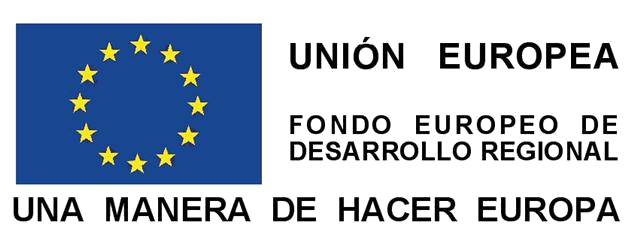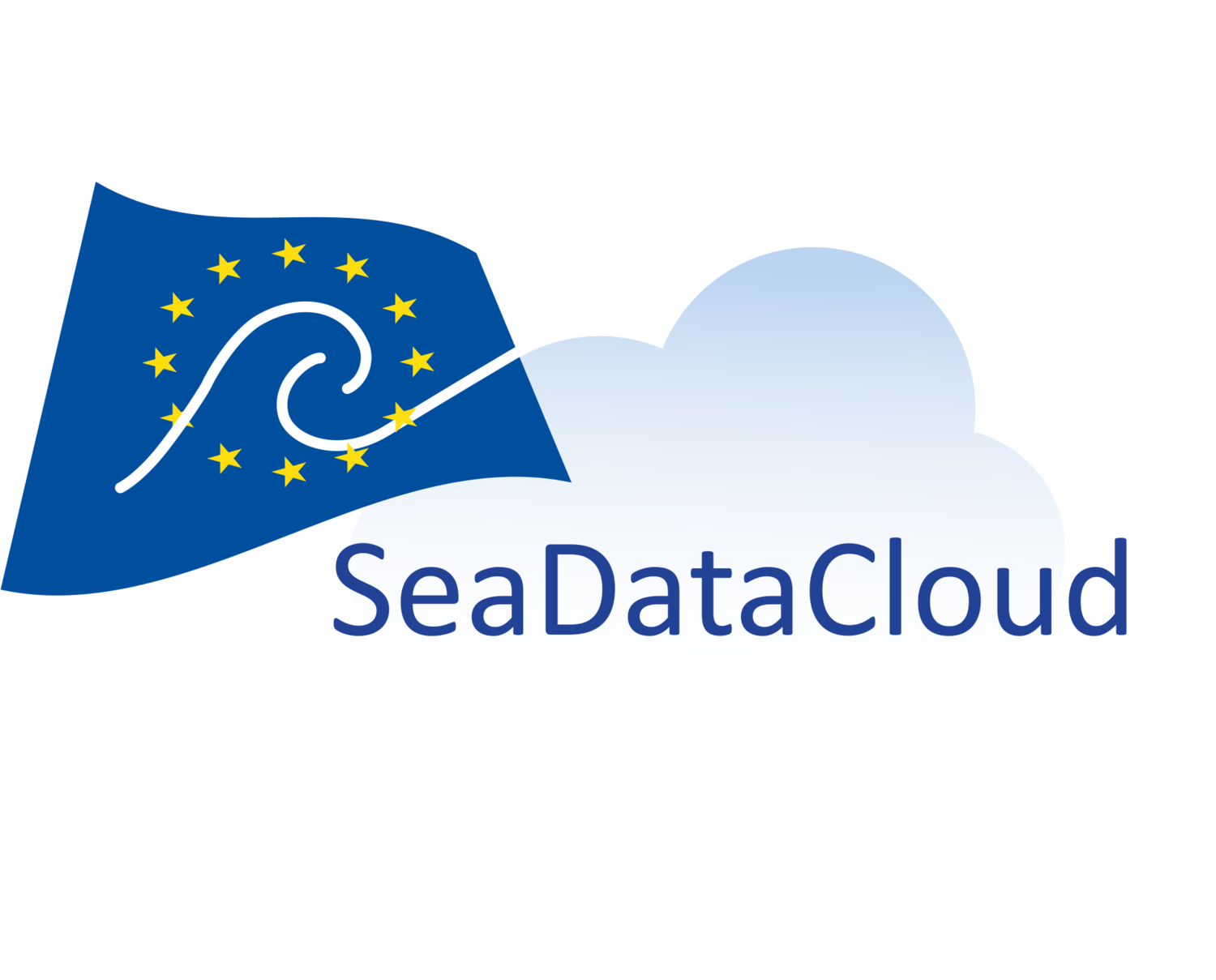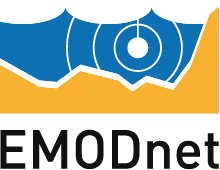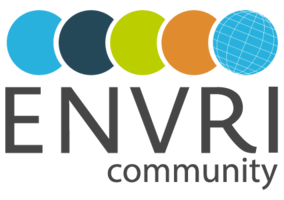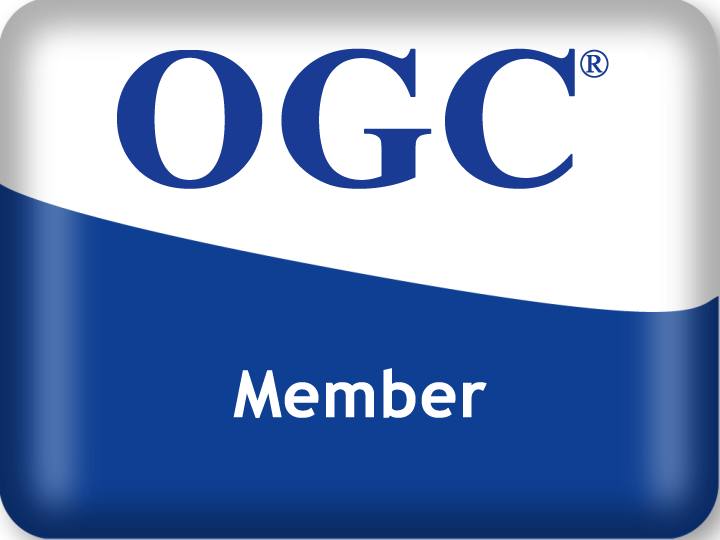Marine Seismic Airgun Modelling
- Manufacturer: Oakwood Computing Associates®
- Model: Gundalf™
- Gundalf™ Designer Module:
- Includes most common gun types
- Simple graphical interface to add, edit or delete guns, change the depth of all guns, manipulate sub-arrays.
- Each gun can be individually set in position, gun type, volume and operating pressure allowing complete flexibility
- Signature characteristics such as peak to peak, primary to bubble and bubble period are produced
- Sophisticated handling of the surface reflection ghost and the cable
- Sophisticated drop-out analysis using a wide range of industry standard criteria.
- Import and export of signatures in both text and SEGY format
- Intranet reporting with comprehensive array report produced in a form suitable for a company
- Generates reports on the potential impact of noise about the life of marine mammals
Oakwood Computing®’s Gundalf™
Oakwood Computing®’s Gundalf™ is the airgun source modelling software package that the Marine Seismic Department used for seismic source configuration previous to each survey.
Gundalf™ is capable of modelling source arrays of up to 128 guns in its present form with full interaction between them. Knowledge of the types of acquisition geometry and guns enables accurate signature to be generated for sophisticated signature deconvolution.
 |
 |
 |
 |
eSQC-Pro
eSQC-Pro is a hardware and software package to provide a real-time QC of seismic data, without the need for any date manipulation.

Features:
- Real-time QC: All the seismic data is simultaneously sent to the recording drive and to eSQC-Pro for shot display
- AGC: In addition to the high-resolution seismic record display with enhanced AGC, filtering and equalization
- eSQC-Pro software includes display of the following attributes:
- Ambient noise level
- Seismic signal level
- Signal-to-noise ratio
- Seismic trace frequency analysis
- Automatic first break picking
- Level of noise emitted by the source (ground roll) signal level
- Multiple graphic tools are available for optimal QC Processing:
- Individual window zoom
- Trace header display
- Display of traces exceeding a given
- Selection of different types of receivers
- Colour or “wiggle” display
- eSQC-Pro displays a summary of some important computed values, shot after shot:
- Faulty traces with details
- Average level of ambient noise (emitted noise, seismic signal, level of correlation)
Kingdom integrated 2d/3dPAK software

- Kingdom is a geophysical and geological interpretation tool
- Base manager geophysical data with simple interface
- Latest technologies for geological interpretation
- Multiple calculation tools are including and graphic editing
- 3D space, interpretation and analysis
- Horizons/reflectors and fault interpretation
- Vertical time and z- slices views
The program consists of a series of modules including:
EarthPAK Volumetric module:
- Complete and integrated seismic interpretation, in time and depth, grids and contour maps
- Attribute generation and trace calculations
- Data integration between maps and sections Mathematical operations between horizons maps and grids. Conversion time<=> depth
EarthPAK Volumetric module:
- Advanced geological interpretation, geological sections , wells and composite logs
- Displays attribute maps
- Fancies maps with profiles open hole
- Analysis of profiles openhole QuickLook
Seismic Processing Systems Promax 2D (Landmark ®)

- For processing a real time on board the seismic data, UTM offer a workstation with Linux system onto install Promax 2D 5000.0.8 version (Landmark)
- Reflection Seismic Processing: The Objective is transform redundant reflection seismic records in the time domain into an interpretable depth image
- Data reduction and editing; Removal of bad records;CMP sorting; Filtering in time and space; Attenuation of noise; Imaging Final velocity and reflectivity image
- Finally, imaging final velocity and reflectivity image for geological interpretation.

Seismic Processing Systems RadEx-Pro (DECO ®)
- Well suited for in-depth HR/UHR multi-channel marine seismic processing, refraction and real-time marine 2D/3D seismic QC.
- Post-survey it becomes a off line seismic QC, complete processing of near surface seismic data.
- implements advanced denoising, high resolution offshore statics, designature (automatic wavelet estimation, deghosting, debubbling, deconvolutions), efficient demultiple algorythms for multichannel (SRME) and even single channel data (Zero–Offset Multiple Attenuation), 3D regularization, pre-stack and post–stack migrations.
Typical real–time QC process:
- Source control: near–field hydrophone signature, bubble peak amplitude, bubble peak time, bubble time period, source towing depth, flip–flop source energy identity.
- Data control products: shot gathers, near–trace gathers, SOR/EOR/TARGET RMS amplitudes, signal/noise amplitudes, signal–to–noise ratio, real–time 2D stacks, frequency analysis.
Tipical processing sequence or FLOW
- Pre-processing, trace edition, gain correction and band-pass filters
- Deconvolution, autocorrelation, spiking, predictive deconvolution
- CMP sorting, geometry definition. CDPs gather.
- Velocity analysis; Super gather and velocity spectrum
- NMO correction, brute stack
- Migration, time to depth conversion
 |
 |




